
Top 5 Front-End Frameworks in 2022
StarBox Technologies
Since you’re reading this, you’ve probably figured out that front-end web development is a fun, in-demand, and well-paying job. And perhaps you already possess the fundamental skills required to begin working as a developer.
So, what happens next? It’s all about using the right tools and frameworks! Learning the tools of the trade can make your job easier and keep you up to date on the skills you’ll need to land a developer job or improve your current team or clients.
Here, we break it down for you and explain the tools that are critical to your success. Plus, we recommend our favourites so you can start using the most up-to-date front-end tools right away.
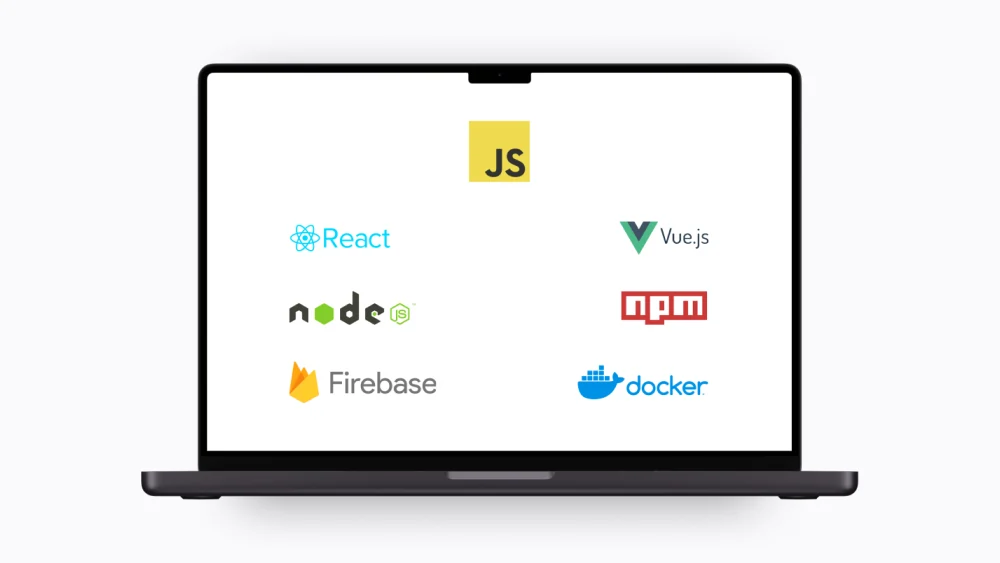
Some of the front-end development tools used at StarBox Technologies
What are JavaScript Frameworks?
To get a better understanding of what a JavaScript frameworks are, let’s start by getting a deeper look into the JavaScript language and the need for frameworks in front-end development.
JavaScript
JavaScript is a scripting or programming language that allows you to add advanced functionality to web pages. Every time a web page allows you to interact with it, you can bet that JavaScript is involved. It’s the third layer of a three-layered cake of standard web technologies. The first two being HTML and CSS.
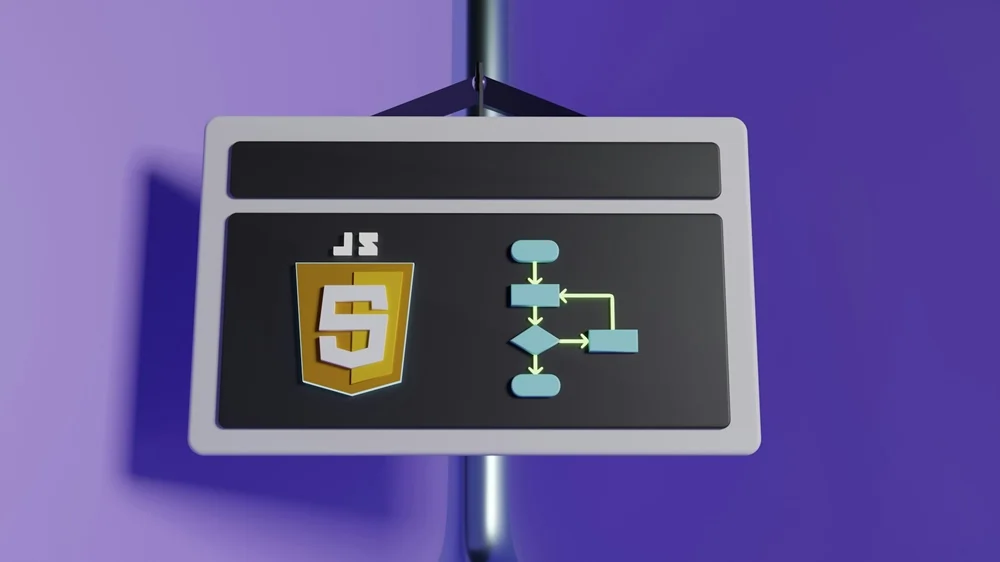
JavaScript Frameworks
Frameworks are a common way to create and deploy web applications on the internet. Web frameworks are designed to reduce the overhead associated with common web development tasks. Many web frameworks, for example, include libraries for database access, API access, templating, session management, as well as code reuse. Although they are frequently used to create dynamic websites, they can also be used to create static websites.
JavaScript frameworks are collections of JavaScript code libraries that provide pre-written JS code to assist developers with common programming features and tasks. The name framework comes from this.
They typically define the program’s flow and allow the user to hook into that flow when creating an application using them. This is important because they provide a framework for you to build your project around and templates for building these structures with designated areas for inserting your code.

JavaScript is the primary language of front-end development (Unsplash)
Top 5 Front-End Frameworks
Let’s take a closer look at some of the most popular front-end frameworks. The big players are well-known, but what about the newcomers? The usage percentage and rate of adoption for frameworks like Svelte that made our list is promising and we’re eager to share more about it.
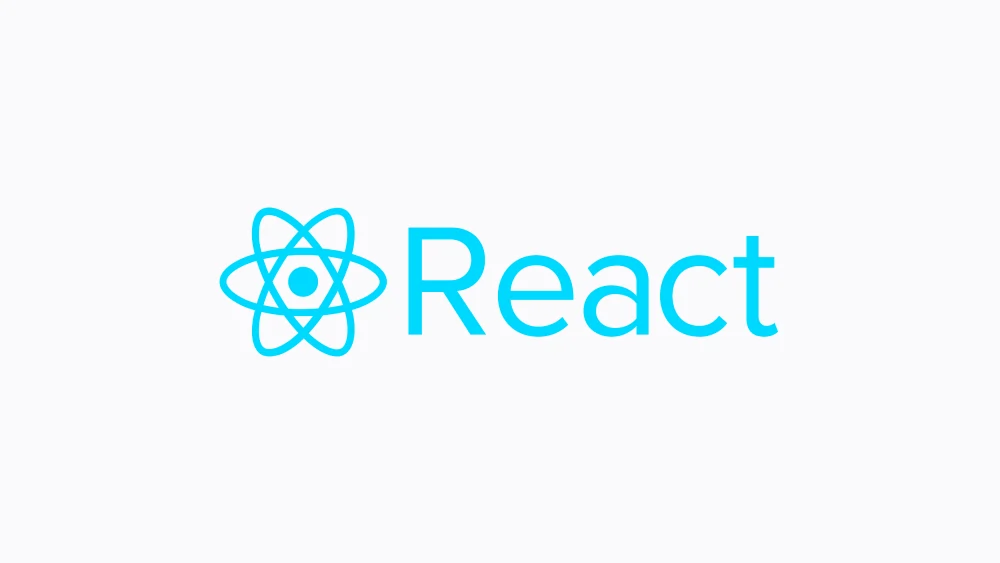
1. React
React is a very popular example of a JavaScript framework. Facebook created it in 2011 to assist developers in creating user interfaces, or UIs. Not sure what UIs are, read our article on - UI vs UX. React can be used as a UI library to render elements without enforcing a specific project structure. The smallest building blocks of React apps are React Elements. Because the React DOM ensures that they are updated efficiently whenever something changes, they are more potent than DOM elements. Components are larger building blocks that define self-contained, reusable pieces that can be used anywhere in the application. They take props as input and generate elements that are then displayed to the user.
Due to its community support and library selection, React remains our preferred framework for developing web applications at StarBox Technologies. It strikes a good balance between ease of learning and widespread popularity.
Do you need help creating any of these websites for your business?
We’re here to help. Get in touch with us today!
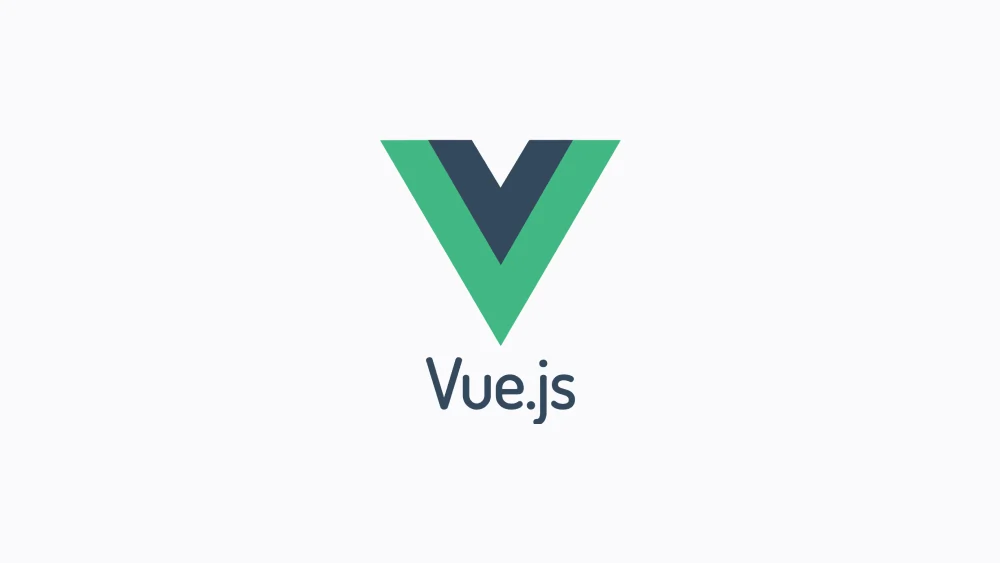
2. Vue
Vue is more like React than Angular because it uses a virtual DOM and relies on functional paradigms because JavaScript is a functional language rather than an object-oriented one. The View layer is the sole focus of the Vue.js core library, It is called a progressive framework because you can turn it into an actual framework by extending its functionality with official and third-party packages like Vue Router or Vuex.
3. Angular
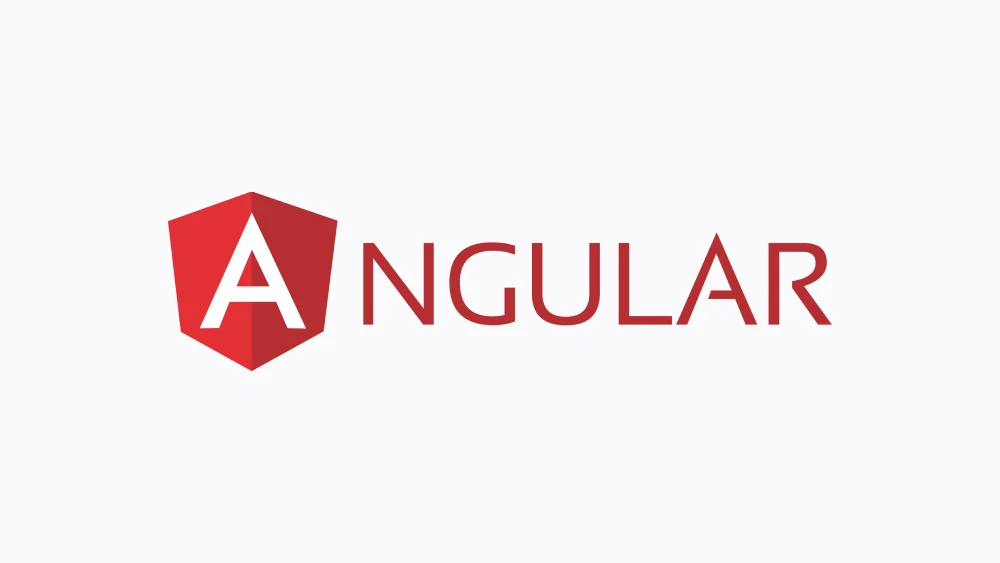
Angular is a Model-View-Controller (MVC) framework. However, Angular 2.0 (AngularJS) which is its more recent counterpart is component-based, therefore there is no strict association with MV patterns. Modules, Components, and Services are used to organise Angular projects. There are at least one root component and one root module in every Angular application. Each component in Angular contains a Template, a Class that defines the application logic, and MetaData (Decorators). A component’s metadata tells Angular where to look for the building blocks it needs to create and present its view.
4. Svelte
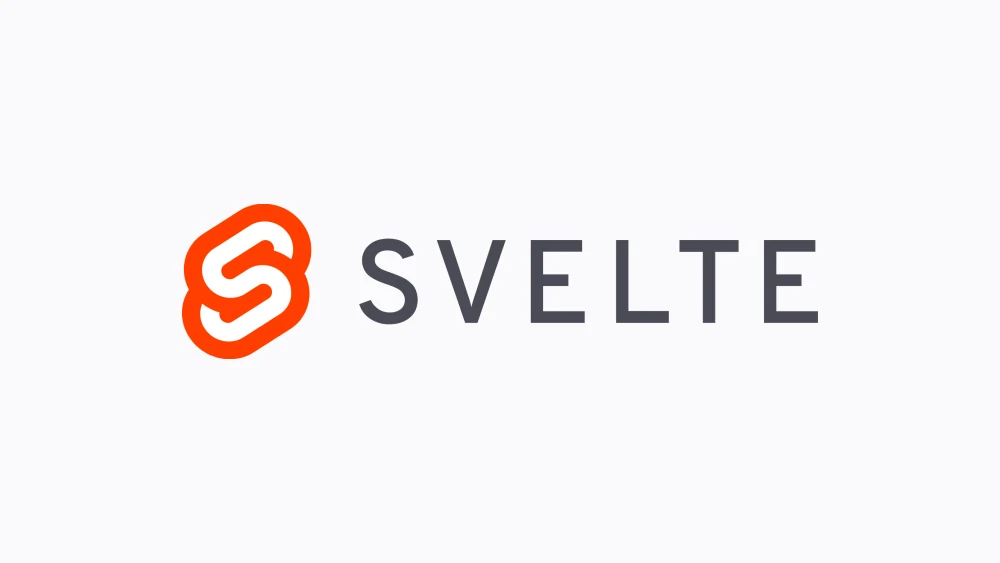
Svelte is a new approach to web application development. It converts your declarative components into efficient JavaScript that updates the DOM surgically. Unlike other frameworks, Svelte does not run the entire app in the browser. Rather, each request triggers the server’s compiler, which generates a page and sends it to the client. Svelte avoids the upfront cost of loading all JavaScript before the first page loads, unlike the other three. Svelte only sends you the parts you need when you need them.
5. Ember
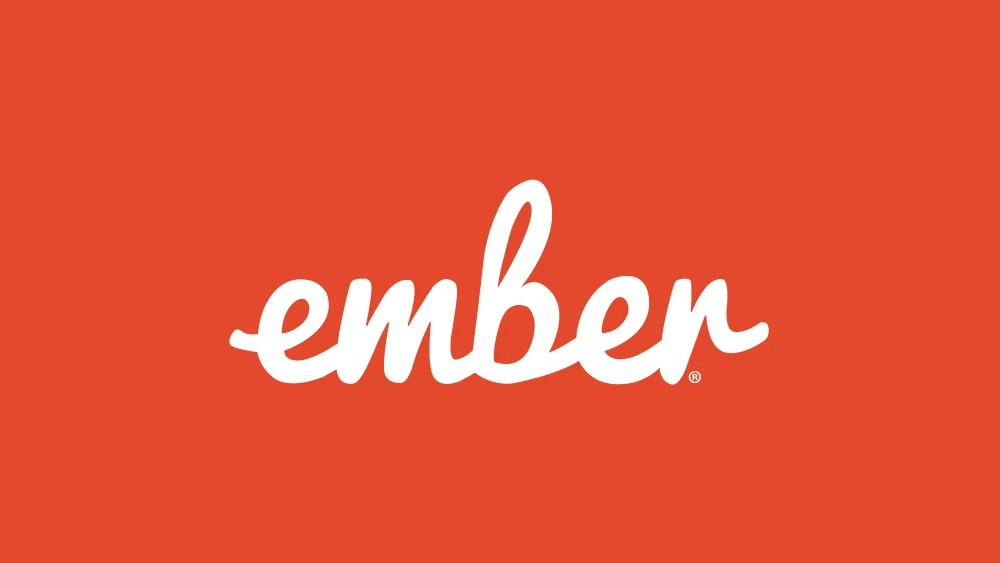
Ember is a component-service framework that focuses on the overall web application development experience, minimizing minor differences between applications while remaining a modern and lightweight layer on top of native JavaScript. Ember also has a lot of backwards and forwards compatibility, which makes it easy for businesses to keep up with the latest Ember versions and community-driven conventions.
Summary
In summary, the following are worth exploring when in search of a new framework to make you stand out in the world of front-end development:
- React
- Vue
- Angular
- Svelte
- Ember
Closing
That concludes the list of five essential frameworks for front-end developers. Hopefully, this article will help you choose the right tools for your needs. You’ll be able to stay relevant as a front-end developer while also taking the next big career step you’ve always wanted to take if you include them in your skillset.
Let’s keep in touch!
You can unsubscribe at any time.